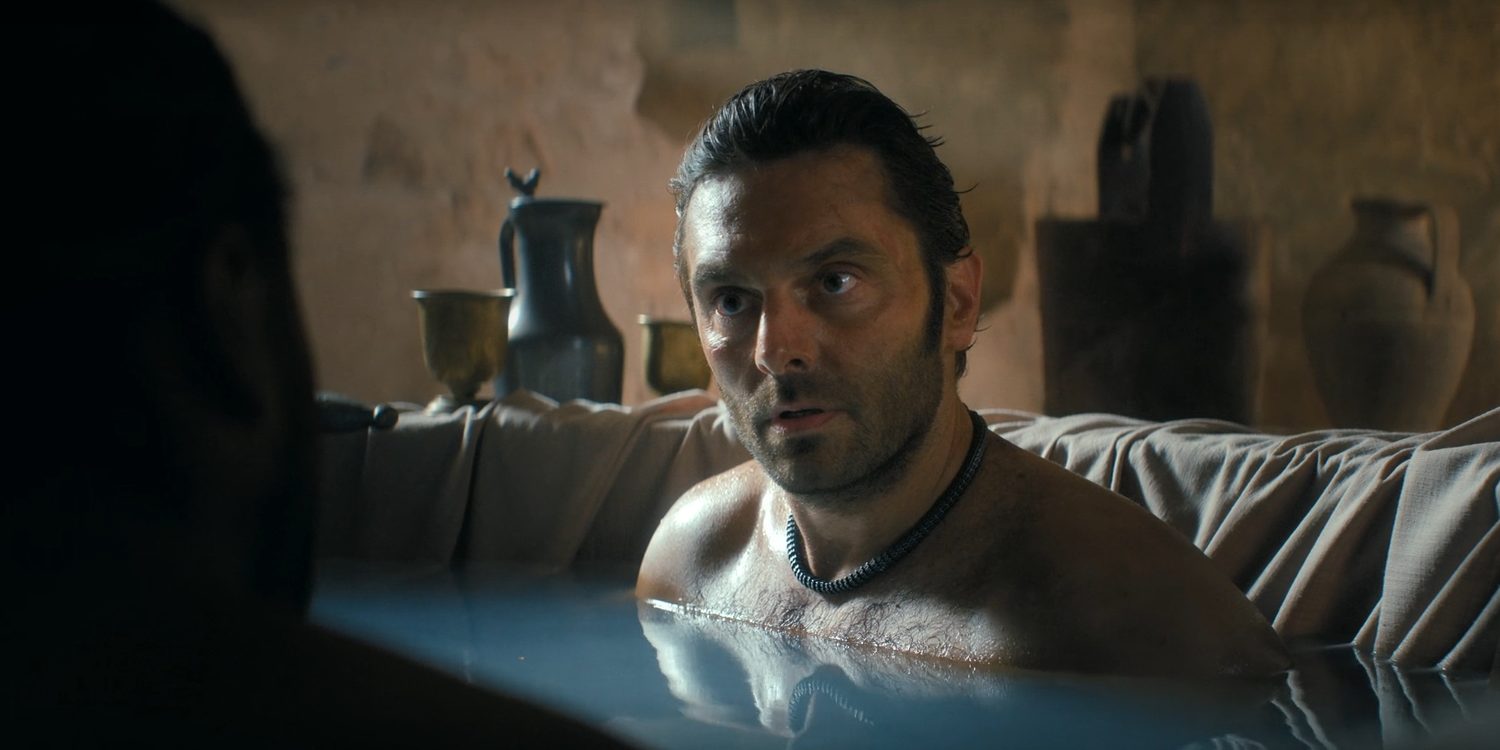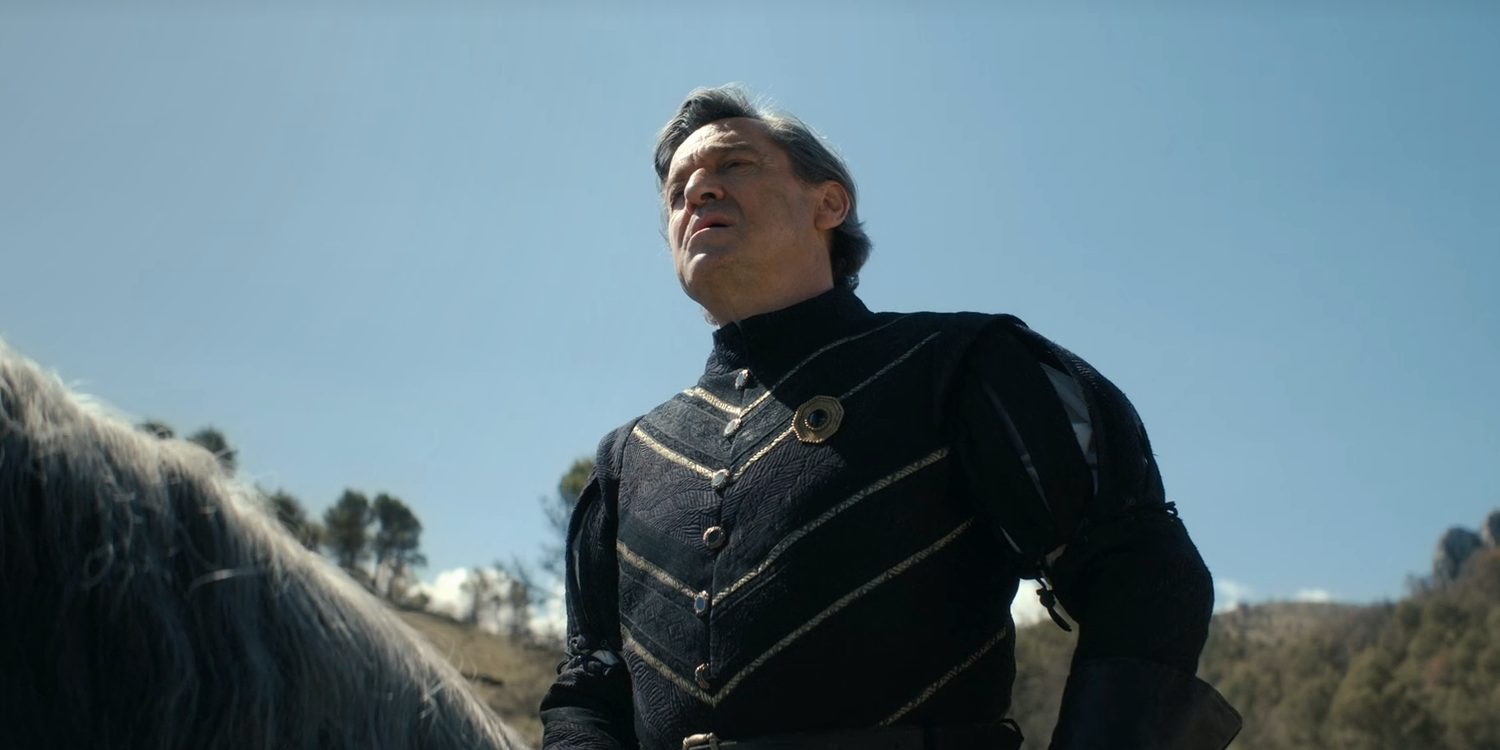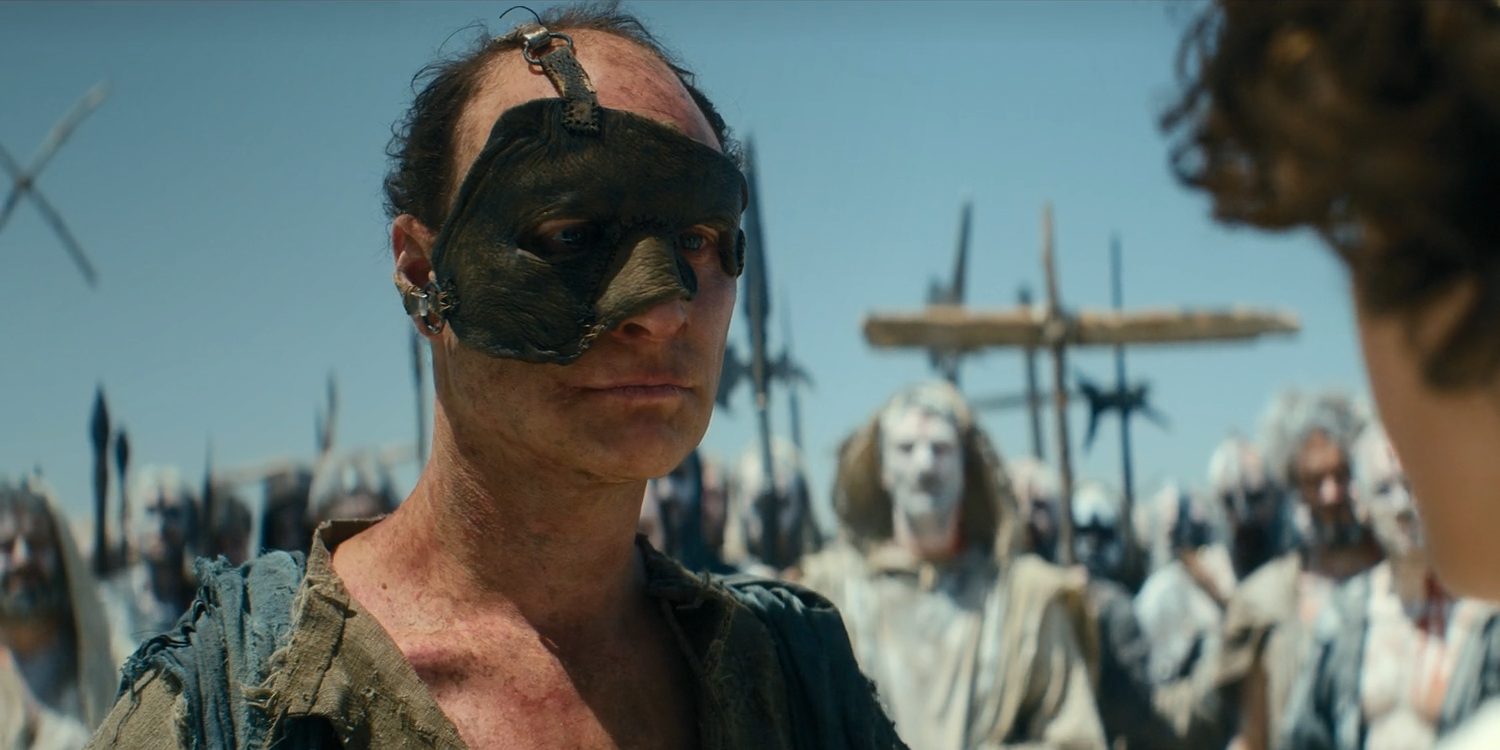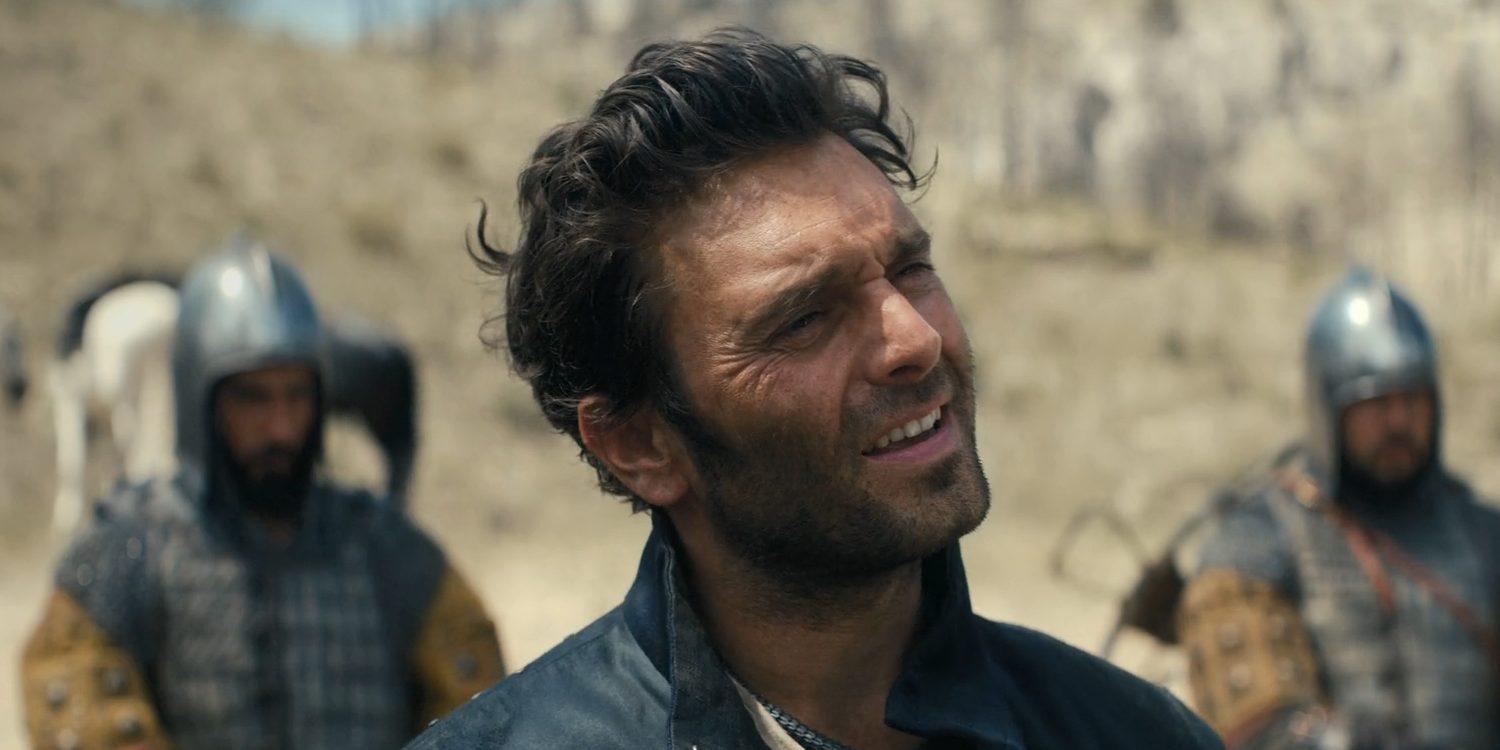Netflix’s French action drama series ‘Néro the Assassin’ or ‘Néro’ is a tale of courage, magic, faith, and family. Created by Martin Douaire, Allan Mauduit, Jean-Patrick Benes, and Nicolas Digard, the show follows the adventures of Néro, an assassin working in a sixteenth-century town in Southern France called Lamartine. While serving an important man named Rochemort in the town, the protagonist gets dragged into a conflict due to his estranged daughter, Perla, a fourteen-year-old who is believed to be “the last descendant of the Devil.” As evil forces look to capture Perla due to her corrupted blood, Néro finds himself torn between survival and love.
Having lived all his life as a lone and free assassin, the challenges of caring for a wanted daughter turn his life upside-down. Traversing the territory of drought-ridden Southern France, the protagonist and his daughter encounter several dangerous individuals and groups who deal with their own crises. The series navigates an intense tale of a man’s journey through treacherous terrains, while also dealing with supernatural elements. SPOILERS AHEAD.
Néro the Assassin is a Fictional Tale Set in Sixteenth Century France
Although ‘Néro the Assassin’ is a fictional tale that involves magic and other fantastical elements, it reflects real human emotions through its exploration of Néro’s journey. Written by the aforementioned creators along with Raphaëlle Richet, the story delves into the intrigues surrounding myths in sixteenth-century Southern France. One of the major plot elements of the series is the hunt for the “last descendant of the Devil.” Though there is no actual historical evidence suggesting that the myth is based on a real historical belief, it reflects the fear experienced by people due to their strongly held religious beliefs in the time period the show is set in.

Perla is hunted down by various forces, especially the One-Eyed Witch, who thinks that Perla’s blood is the blood of the Devil, and that she is capable of summoning the Devil to Earth in order to trigger the Apocalypse. The fear of the Devil and extinction-level events like the Apocalypse have been a factor in the religious life of people throughout history. The One-Eyed Witch is an important figure in the show as she represents the cultural perception of witches, especially in the medieval and early Renaissance period in France.
According to the Library of Congress, before the Scientific Revolution, people sought the Church to explain worldly mysteries like paralysis, seizures, or birth defects. This also meant that there were no easy answers in medical or scientific terms. Certain elements within the Church blamed these issues on the existence of the Devil. This often led to religious followers attributing health conditions to the Devil. Perla and Néro’s journey becomes extremely dangerous due to the belief of certain sections of the Church that they carry the blood of the Devil. Between 1550 and 1700, approximately 2,000 witch trials took place in France. Most women denied the accusations, though some confessed to alleged powers.

Though not explicitly stated, the show uses these historical-cultural phenomena to showcase how independent women like the One-Eyed Witch and free-thinking teenage girls like Perla are subject to social wrath due to their alleged negative powers. The father-daughter bond between Perla and Néro becomes extremely important as the latter tries to save his daughter from forces that seek to control her destiny. In conclusion, it can be said that the show, despite having a male assassin as the protagonist, poignantly deals with female perspectives on historical social issues.
The Narrative Comments on Religious Fundamentalism
The story depicts the religious fervor of a group of people called the “Penitents.” The group is headed by a man known only as “Brother Penance,” and believes in absolute surrender to God. It targets Perla due to the belief that she is carrying the blood of the Devil. The group travels across the country, terrorizing people in small towns, blaming them for their lack of faith in the divine. Though there is evidence pointing to the existence of real groups called Penitents in Europe’s past, they are completely different from the Penitents seen in the show.

The real Penitents were divided into several categories or confraternities, which mainly believed in ideas such as fasting and the pursuit of discipline to please God. In the show, the Penitents are depicted as a violent group holding on to fundamentalist beliefs and the idea of saving humanity from the Devil. They firmly believe that natural phenomena like droughts are a result of God’s anger toward irreligious people and that penance is necessary to calm down the eternal divine. Although the show is set in the sixteenth century and involves fantastical and supernatural elements, it meaningfully sheds light on real socio-religious issues.
Read More: Is Sinners Based on a True Story?


You must be logged in to post a comment.